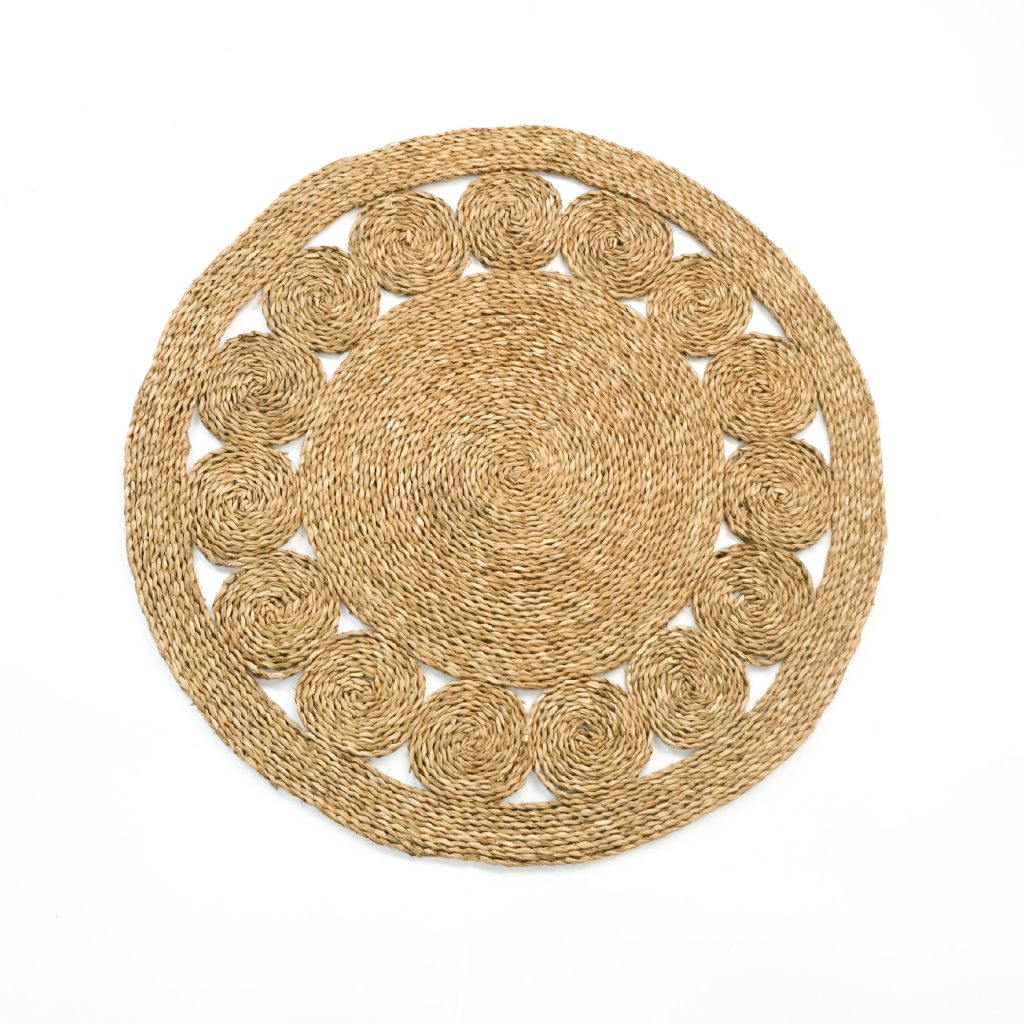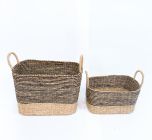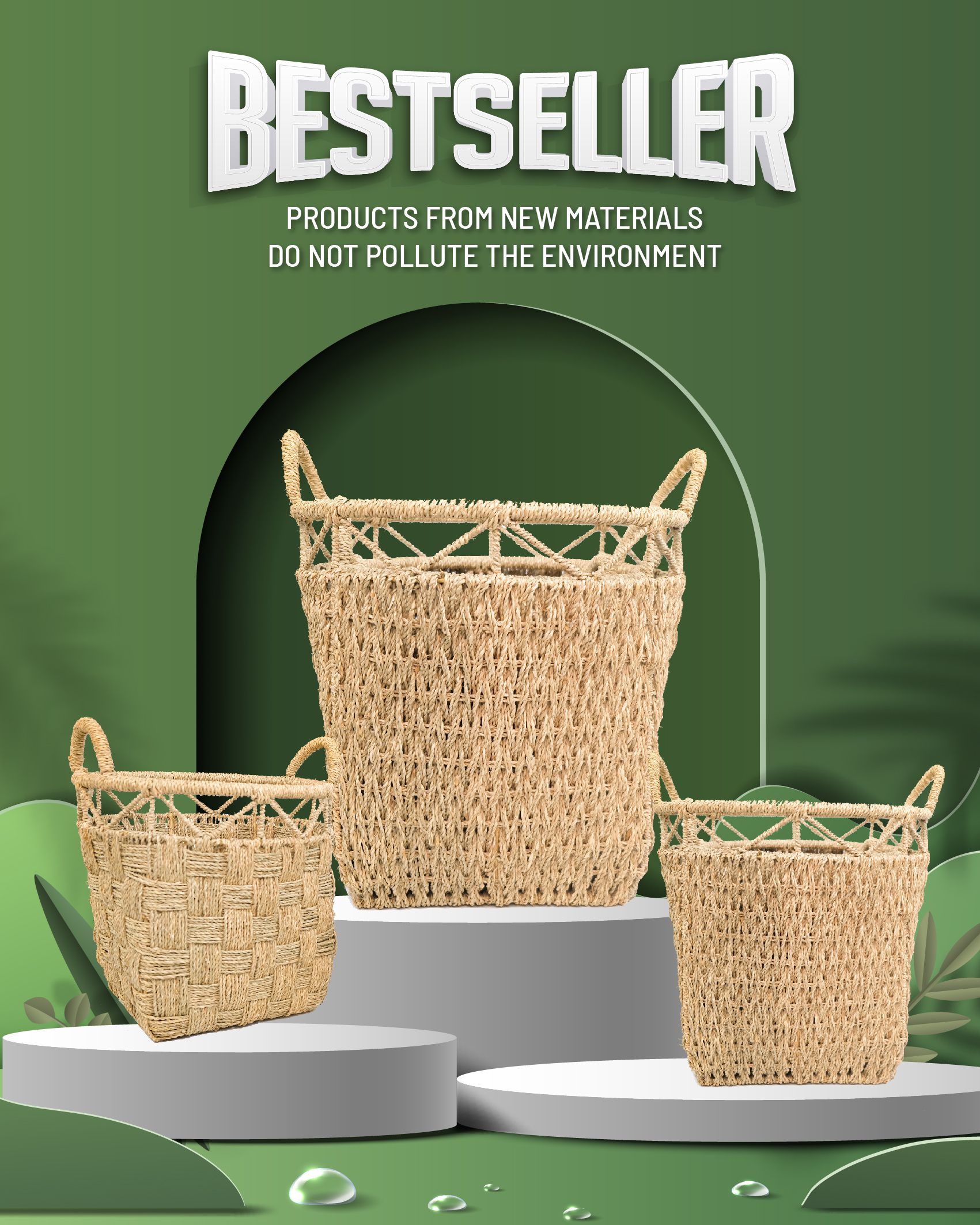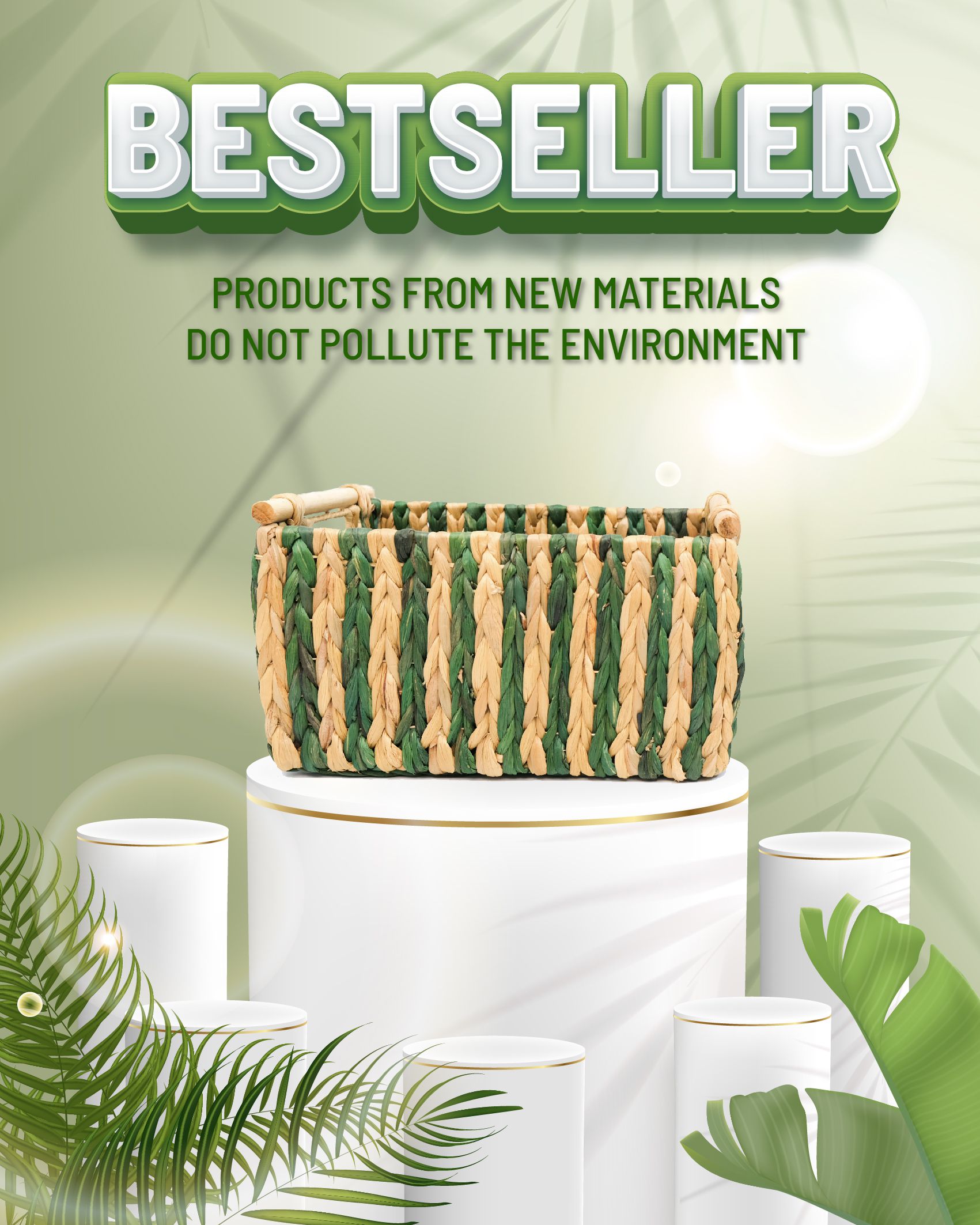
Introduction:
In the pursuit of sustainable living and eco-friendly choices, homeowners and interior enthusiasts are increasingly turning to natural materials for their home decor. Among the rising stars in the realm of eco-conscious flooring options are floor coverings made from seagrass and handwoven rattan. These unique creations offer a seamless fusion of nature and craftsmanship, providing not only aesthetic appeal but also numerous environmental benefits. In this article, we will delve into the world of seagrass and handwoven rattan floor coverings, exploring their characteristics, benefits, and how they contribute to a greener and healthier living space.
Section 1: Seagrass Floor Coverings
1.1 The Beauty of Seagrass
Seagrass is a marine plant that thrives in coastal environments. When transformed into floor coverings, seagrass exhibits a natural charm and earthy texture that adds a touch of serenity to any space. Its golden hues and intricately woven patterns create a warm and inviting atmosphere, making it an ideal choice for living rooms, bedrooms, and even entryways.
1.2 Sustainability and Environmental Impact
The harvesting of seagrass is carefully managed to ensure its sustainability. Being a renewable resource, it grows quickly and can be replenished without causing harm to the environment. Unlike synthetic materials or hardwood flooring, seagrass floor coverings have a minimal ecological footprint, making them an eco-friendly alternative that helps preserve coastal ecosystems.
Section 2: Handwoven Rattan Floor Coverings
2.1 The Versatility of Rattan
Rattan, a climbing palm found in tropical regions, is a versatile material that has been used in furniture and handicrafts for centuries. When employed in floor coverings, its strength and flexibility allow for intricate designs and unique patterns, adding an element of artistry to the floor.
2.2 Sustainable Sourcing
Rattan is harvested sustainably, promoting responsible practices that do not contribute to deforestation or environmental degradation. As a natural and biodegradable material, handwoven rattan floor coverings are a responsible choice for environmentally-conscious consumers.
Section 3: The Benefits of Seagrass and Rattan Floor Coverings
3.1 Allergy-Friendly and Non-Toxic
Seagrass and rattan floor coverings are naturally hypoallergenic and non-toxic, making them an excellent option for households with allergy-prone individuals or pets. Unlike carpets made from synthetic fibers, these natural floor coverings do not release harmful chemicals, ensuring a healthier indoor environment.
3.2 Durability and Longevity
Both seagrass and handwoven rattan are known for their durability, making floor coverings crafted from these materials resilient to heavy foot traffic and wear. With proper care, they can withstand the test of time, reducing the need for frequent replacements and further promoting sustainability.
3.3 Temperature Regulation
Seagrass and rattan have inherent insulating properties, helping to regulate indoor temperatures. They keep spaces cooler in summer and retain warmth in winter, offering year-round comfort for residents.
Section 4: Design and Aesthetic Appeal
4.1 Natural Elegance
The natural beauty of seagrass and handwoven rattan floor coverings exudes a sense of understated elegance. Their organic textures and earthy tones complement various interior styles, from rustic to modern, creating a welcoming and stylish ambiance.
4.2 Customization Options
These floor coverings come in a variety of weaves, patterns, and colors, providing ample options for customization. Homeowners can choose from a wide range of designs that suit their unique tastes and complement their existing decor.
Section 5: Care and Maintenance
5.1 Cleaning Tips
To preserve the beauty and longevity of seagrass and rattan floor coverings, regular vacuuming and spot cleaning are recommended. Avoid using excessive moisture, as these natural materials may be susceptible to water damage.
5.2 Eco-Friendly Disposal
When the time comes to replace the floor coverings, homeowners can rest assured that seagrass and rattan are biodegradable, ensuring they can be disposed of in an environmentally-friendly manner.
Conclusion:
Seagrass and handwoven rattan floor coverings offer a perfect harmony of eco-friendliness, durability, and aesthetics. These natural and sustainable alternatives to conventional flooring not only add warmth and elegance to interior spaces but also contribute to environmental preservation. By opting for seagrass and rattan floor coverings, homeowners can create a greener and healthier living space while making a positive impact on the planet. With their timeless appeal and ecological advantages, seagrass and handwoven rattan floor coverings stand as a testament to the beauty and functionality that nature-inspired materials can bring to our homes.







Leave a Reply